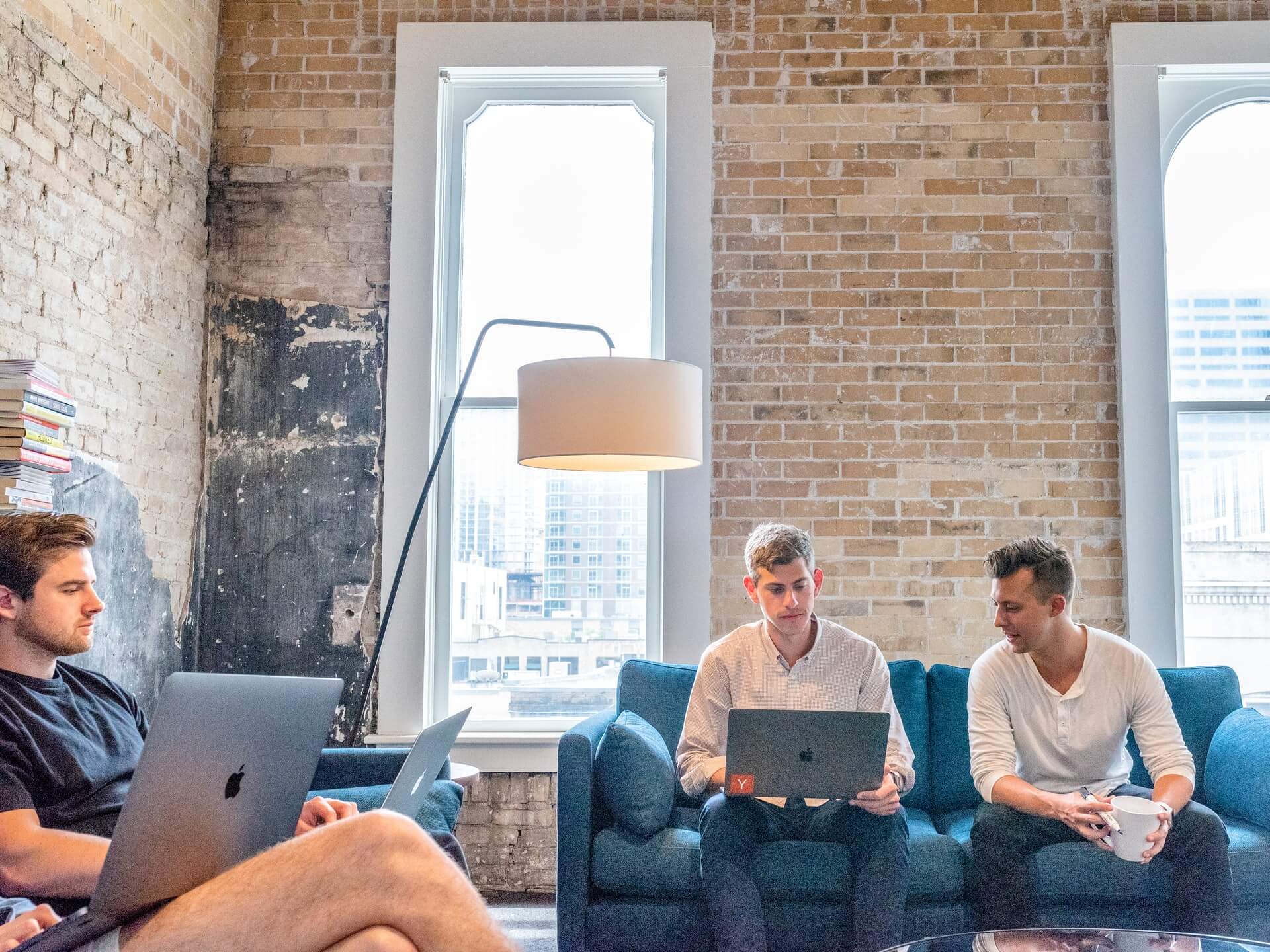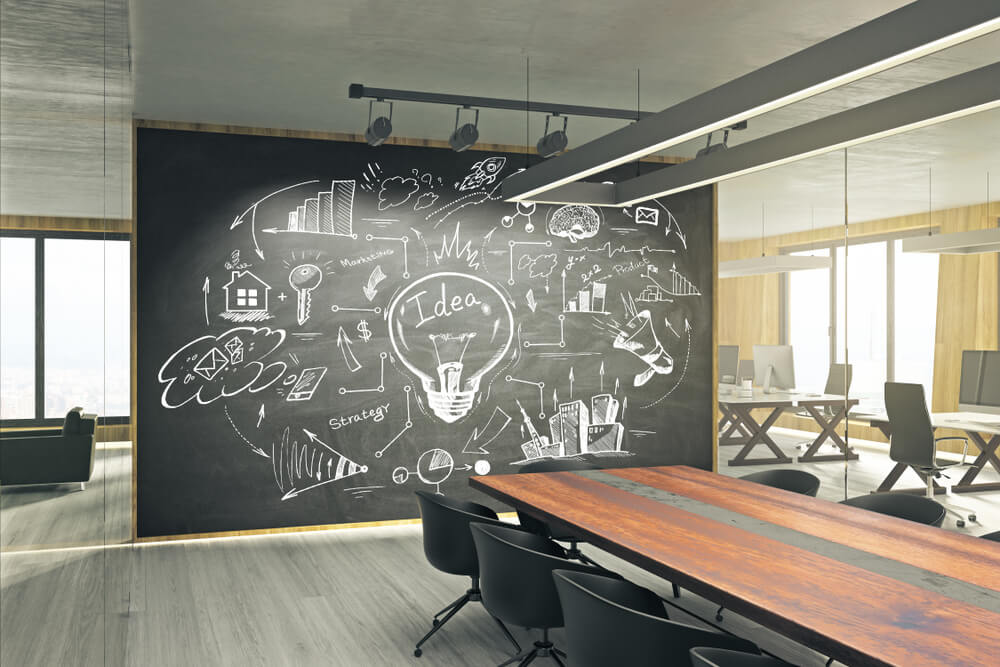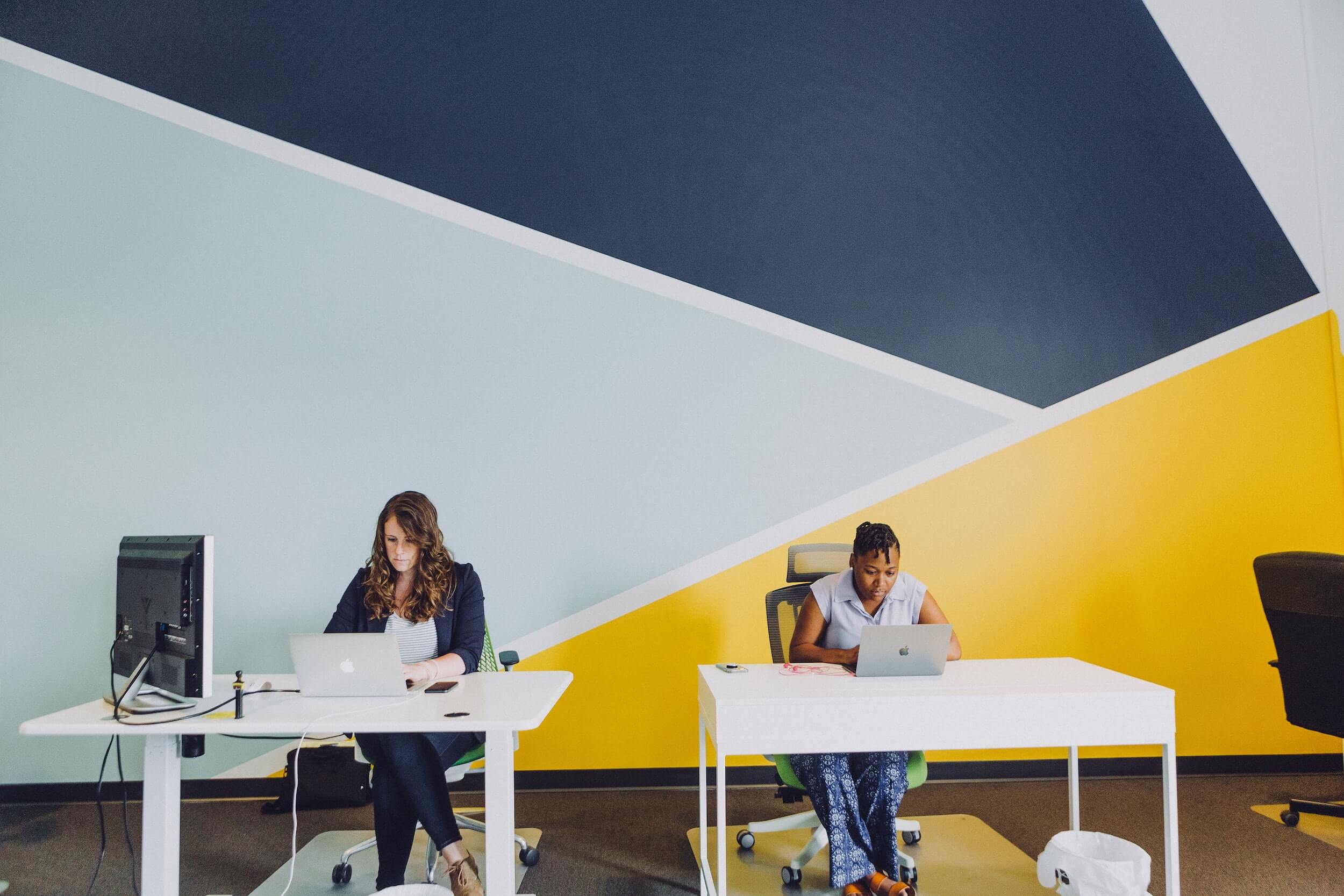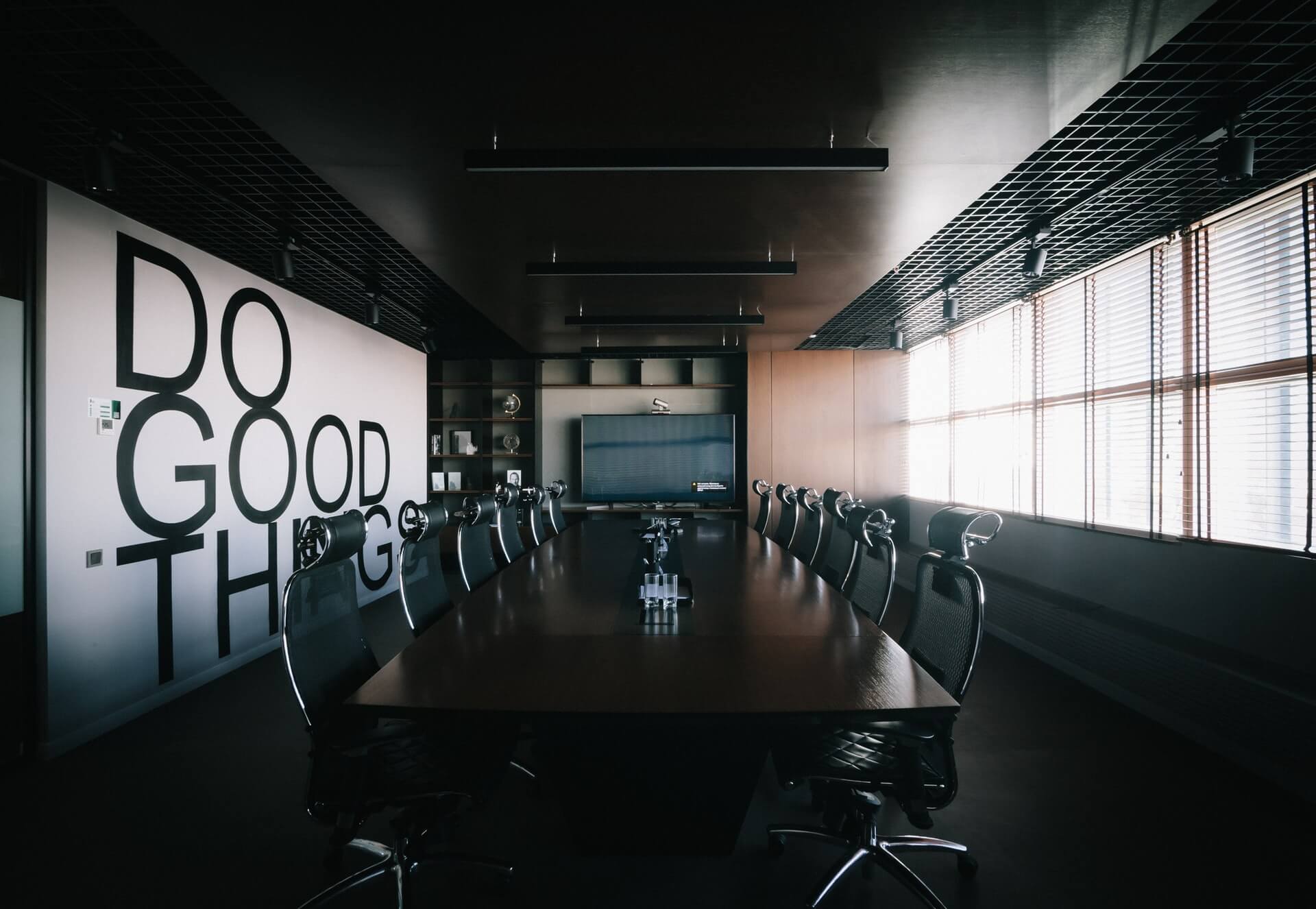Much of the workplace technology that’s popular today has existed for over a decade, but it’s only in the past few years that it’s seen widespread adoption. Before the pandemic, the workplace had been slowly easing into the modern era. In 2020, it was forced to make enormous changes quickly, leading business owners to embrace technology they’d previously viewed as a “nice to have … someday.”
Technological advancements have provided new ways of working that allow for remote collaboration, digital file storage, task automation, and much more. Below are five of the most significant changes the modern workplace has seen in recent years.
1. Working remotely
The technology for remote work has been in place for several years, but many companies didn’t see this as a must-have tech asset. That changed with the pandemic. With nearly 60% of employees working remotely at least some of the time, it’s become critically important for businesses to adopt remote workplace technologies such as project management software, online communication apps, collaboration tools, and video conferencing to support remote and hybrid workers.
This digital transformation is the key to the continued success of the modern office. Employees are no longer content to work 9 to 5, Monday through Friday. They’ve seen the benefits of hybrid work models — improved work-life balance, reduced stress, less time and money wasted on commuting — and they’re not willing to give those up.
The benefits of remote work aren’t just for employees. From video meetings that reinforce culture to automatic syncing that allows colleagues to work simultaneously on a document, remote tech provides the foundation for better teamwork, higher productivity, and increased morale. Companies that embrace the modern workplace, and the remote technologies that enable it, are primed to reap these benefits.
2. Tailoring customer experience based on analytics
The customer experience is a vital focal point for businesses today. (Not surprising, considering 80% of customers feel the experience a company provides is as critical as its products and services.) Since much of the customer experience now happens online, businesses need to have a deep understanding of how customers find and interact with their websites. This is where web analytics technology comes in.
Website analysis tools such as Google Analytics and Mixpanel have led to significant changes in the modern world of work. Jobs that didn’t exist before, such as web analytics specialists, are now key positions that work hand-in-hand with marketing, sales, and design teams. With insights such as bounce rates, customer interests, and real-time web traffic, companies can tailor their marketing strategies to reach the most people.
3. Understanding building utilization
Just as website analytics can help companies improve the customer experience, building analytics can do the same for the employee experience. Hybrid work models are becoming the standard, and traditional workspace design, with its 1:1 desks and limited collaborative spaces, no longer supports the modern employee experience.
Using building technology to update the office and improve the employee experience is becoming vitally important in today’s workplace. With the increased competition for employees that remote work has created, companies must take every opportunity to design an environment that workers want to be in.
Reimagining office design can be an overwhelming and expensive prospect for business leaders, but building utilization technology can simplify the process and reduce costs. Utilization data reveals trends about how employees naturally use the office, allowing workplace teams to identify the best areas to create new neighborhoods for collaboration and socializing with co-workers. This data can also save companies money by highlighting underperforming spaces that can be repurposed or even downsized.
4. Automating tasks
A seemingly infinite amount of automation software is available now. It enables workers to automate repetitive and time-consuming tasks, increasing productivity, reducing human error, and improving cost management.
Automation technology has already significantly impacted the workplace, and it’s projected to increase even more in the next two years. Gartner predicts that 69% of managerial workloads will be automated by 2024.
That stat might worry some workers, but automation doesn’t mean the end of certain jobs. Instead, this technology allows employees to move their attention to much more impactful aspects of their positions, such as a manager focusing on building a better team dynamic that improves collaboration.
5. Replacing physical paperwork with digital files
Cloud storage technology has paved the way for huge changes in the world of work. While it’s an important tool for remote work, it’s had an equally significant but often overlooked impact on the use of paper in the workplace.
Cloud technology has enabled businesses to forgo the hassle and expense associated with paper workflows and take advantage of the convenience and lower cost of digital files. The considerable square footage that used to be dedicated to storing files can be better used to create a more productive, hospitable work environment.
Look for ways to modernize your workplace
Has your company experienced these five benefits of modern technology? In today’s competitive market, businesses must rethink the status quo and adapt their workplace strategies and business operations. Look for ways to incorporate new technologies that can improve the employee experience, streamline collaboration and communication, reduce expenses, and improve employee productivity.















